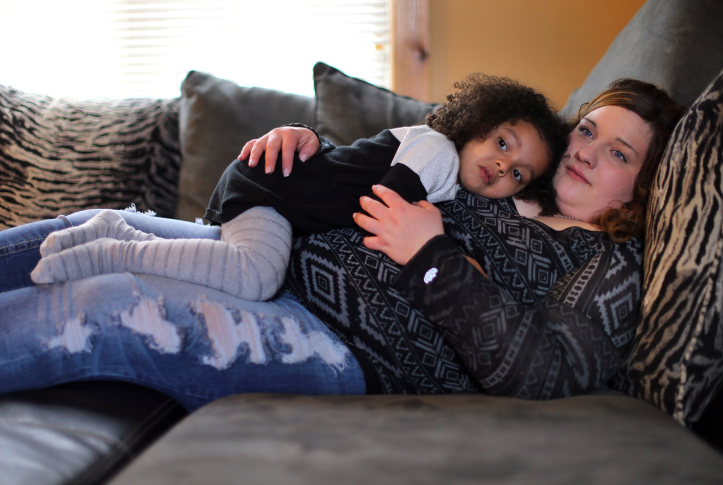Opioids are involved in nearly 75 percent of overdose deaths in the United States, which claim more than 100,000 lives per year.
But even though opioid addiction can be treated with several effective medications, only 10 percent to 15 percent of U.S. residents with opioid use disorder receive them.
What accounts for this deadly treatment deficit? In this post, we discuss how government regulation and inadequate treatment capacity can limit patients’ access to lifesaving care and what policymakers could do to help.
Stringent Regulations Limit the Availability of Opioid Addiction Medications
Methadone and buprenorphine are the two main prescribed medications for opioid use disorder (MOUD) and are usually taken daily for extended periods alongside counseling services. Decades of evidence show they mitigate withdrawal symptoms and cravings, decrease opioid use, and greatly lower overdose mortality risk.
Because they are designated as controlled substances, both are closely regulated by the Drug Enforcement Administration (DEA) and other federal agencies to prevent misuse, more so than other drugs. This limits who can prescribe and administer them to patients, and in what settings.
Methadone, which is used by nearly half of people on opioid addiction medication, is the more tightly regulated of these two medications.
Patients may only be prescribed and receive methadone doses at federally authorized opioid treatment programs (OTPs). It cannot be accessed from office-based providers or pharmacies, unlike in the United Kingdom, Canada, and Australia. Under U.S. regulations, patients at first must travel to OTP facilities daily to receive doses; over time, they may be given limited doses for at-home administration. States also may have regulations governing the establishment of new OTPs and additional rules regulating providers.
Buprenorphine can be prescribed by office-based providers, including primary care doctors, nurse practitioners, and physician assistants, and dispensed at pharmacies. Providers have historically had to complete additional training and receive a DEA waiver to prescribe the drug to a limited number of patients (30–100 for nonphysicians, 30–275 for physicians). Federal regulations require in-person office visits to initiate treatment, and some states have regulations that deter nurse practitioners and physician assistants from prescribing, such as requiring them to have physician supervision.
During COVID-19, the federal government showed flexibility by allowing OTPs to provide more take-home methadone doses, allowing buprenorphine treatment initiation via telehealth, and removing buprenorphine waiver training requirements for providers treating 30 or fewer patients.
Data indicate that methadone take-home flexibilities have not been associated with worse outcomes or significant misuse, and telehealth services have been associated with improved medication retention and lower overdose risk. Some of these provisions are temporary and could sunset or change after the COVID-19 public health emergency ends.
Treatment Capacity Is Inadequate but Can Be Improved Through Integrated Care
These regulations have helped create a disjointed drug treatment system with inadequate capacity to meet patient needs.
Confining methadone access to OTPs has severely limited its availability. Many patients must travel significant distances daily to an insufficient number of clinics. Nearly all states had fewer than three OTPs per 10,000 estimated residents with opioid use disorder in 2020; Wyoming had none. Indiana, which had less than one per 10,000 residents with opioid use disorder, prohibited the establishment of new OTPs from 2008 until 2015. West Virginia, which had just nine programs for its estimated 54,000 residents with opioid use disorder, has had a moratorium since 2007.





